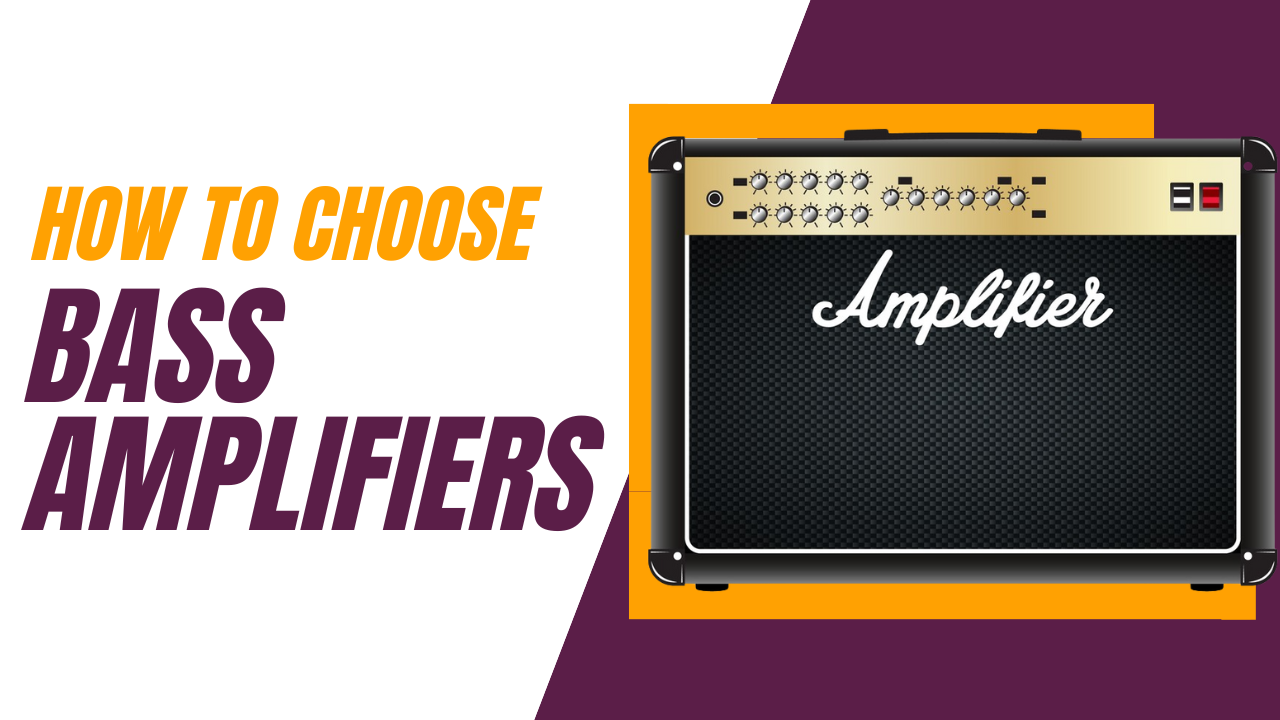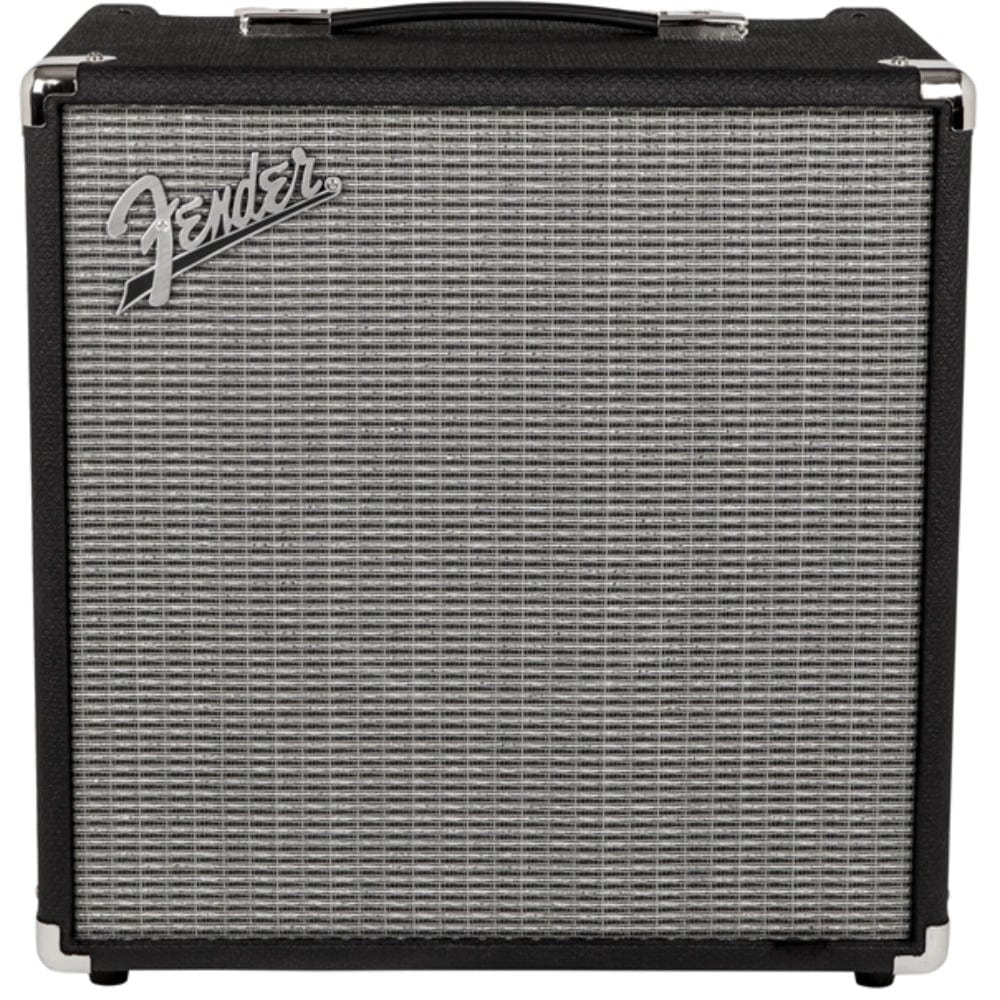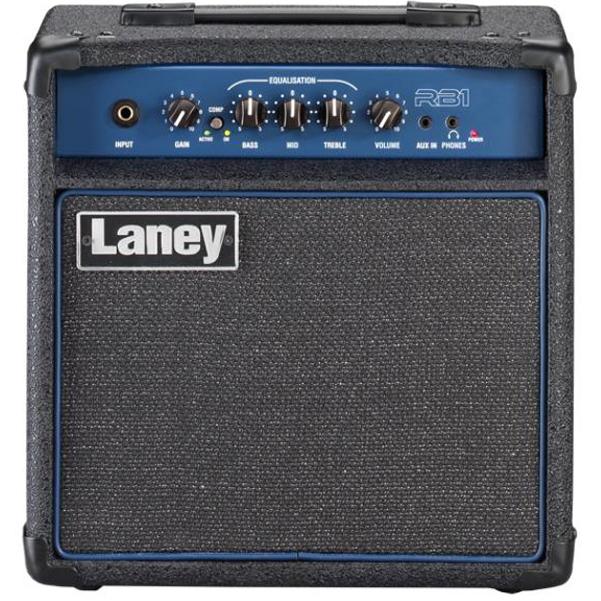How To Choose A Bass Amplifier - Bass Amplifier Buying Guide!

Whether you're a seasoned bass player or just starting out, finding the right bass amplifier is crucial for unleashing the full potential of your instrument. Your amp serves as the voice of your bass, amplifying your sound and shaping your tone, making it an indispensable part of your musical arsenal.
With a plethora of options available, choosing the right bass amplifier can be a daunting task. This comprehensive guide aims to simplify the process, providing you with the knowledge and insights you need to make an informed decision.
Types of Bass Amplifiers: Understanding the Options
Bass amplifiers come in various forms, each offering unique characteristics and advantages. Let's delve into the three primary types:
Combo Amps: These versatile amplifiers combine the power amp, preamp, and speakers into a single unit, offering portability and convenience. They are ideal for practice, rehearsals, and small gigs.
Head and Cabinet Amps: For larger venues and more control over your tone, head and cabinet amps provide a modular approach. The head houses the preamp and power amp, while the cabinet houses the speakers. This combination allows for greater customization and flexibility.
Solid-State vs. Tube Amps: Solid-state amps are lightweight, affordable, and reliable, while tube amps produce a warm, rich tone and are favored for their classic sound.
Modeling Amps: These innovative amps utilize digital technology to emulate a wide range of amp sounds, offering versatility and convenience.
Power and Wattage
Understanding Wattage: Wattage determines an amplifier's power output. Higher wattage doesn't always mean better; it depends on your playing environment and volume needs.
How Much Power Do You Need?: Consider the venues you play in and whether you need headroom for clean tones or prefer pushing the amp for natural distortion.The amount of power you need depends on the size of the venue and the volume you require. For small gigs and practice sessions, a 50-watt amp should suffice, while larger venues may demand 300 watts or more.
Tube vs. Solid-State Power: Tube amps often have a warmer, more responsive tone at higher volumes, while solid-state amps offer reliability and consistent sound.
Speaker Size and Configuration
Speaker size significantly impacts the sound of your bass. Larger speakers generally produce a fuller, deeper tone, while smaller speakers provide punch and clarity. Consider the style of music you play and your personal preferences when choosing speaker size.
-
Single vs. Multiple Speakers: Single speakers are simpler and lighter, while multiple speakers can offer a fuller sound with better dispersion.
Open-Back vs. Closed-Back Cabinets: Open-backs offer more airy tones, while closed-backs provide focused projection and tighter bass response.
Tone and Sound Quality
Preamp and Tone Controls: The preamp and tone controls of a bass amplifier are your palette for shaping your sound. Exploring various preamp options and tone-shaping controls allows you to tailor your amplifier's output to match your playing style. Whether you prefer a punchier, tighter sound or a warmer, rounded tone, experimenting with these controls helps find the perfect blend that complements your musical expression.
Overdrive and Distortion: Assessing whether the amplifier has built-in overdrive or distortion capabilities is crucial, especially if you incorporate these effects into your sound. While some bassists prefer a clean, unaffected tone, others seek a grittier, more driven sound. Considering the presence and quality of these effects within the amplifier allows you to determine if they align with your desired sonic palette.
EQ and Frequency Response: Onboard EQ options play a pivotal role in sculpting your sound. They enable you to fine-tune specific frequencies, whether boosting the low-end for a more pronounced bass response or enhancing the midrange for clarity and presence. Understanding the amplifier's frequency response and its EQ capabilities empowers you to shape your sound precisely according to your tonal preferences and the demands of different playing environments.
Fine-tuning your bass amplifier through these elements—preamp and tone controls, overdrive/distortion features, and EQ options—provides the flexibility and customization necessary to achieve the sonic nuances that resonate with your musical style and preferences.
Portability and Convenience
-
Weight and Size: Find a balance between power and portability based on your gigging needs. Consider if a lighter, more portable amp suits smaller venues, or if a heavier, more powerful one is necessary for larger performances.
-
Handles and Wheels: Look for handles or built-in wheels, especially for heavier setups, to ease transportation. Handles facilitate carrying, while wheels offer convenience when moving the amp over longer distances or uneven surfaces.
Built-in Effects and Features: Evaluate if built-in effects and features align with your musical preferences. Consider how extras like effects (chorus, reverb) or practical features (aux inputs, headphone jacks) add value to your playing experience, especially for practice or studio use.
Considering amp weight, transportation ease, and the relevance of built-in features ensures your chosen bass amplifier not only sounds great but also suits your practical needs and enhances your playing experience
Price and Value for Money
Budget Considerations: Set a realistic budget aligned with your needs and the desired quality of the amplifier. Determine what features and performance level you require within your budget range.
Features vs. Price: Strike a balance between the features you need and the cost of the amplifier. Consider if the additional features justify the price increase or if a simpler model meets your requirements more efficiently.
Brand Reputation and Reliability: Consider reputable brands known for their reliability and customer support. Established brands often offer better quality assurance and customer service, ensuring a more reliable investment in the long run.
Considering your budget, balancing features with cost, and opting for reputable brands ensures you get the best value for your money when selecting a bass amplifier.
Our Top Picks: Recommended Bass Amplifiers
Conclusion: Unleashing Your Bass Potential
Choosing a bass amplifier involves understanding your playing style, venue requirements, tonal preferences, and budget constraints. There's no one-size-fits-all solution, but by considering these factors, you can find an amplifier that complements your bass and style perfectly.
Remember, the perfect bass amplifier is the one that allows you to express yourself authentically and enhances your musical journey. Experiment, test, and find the amplifier that resonates with your sound!


 Used Gear
Used Gear
 Connect
Connect










